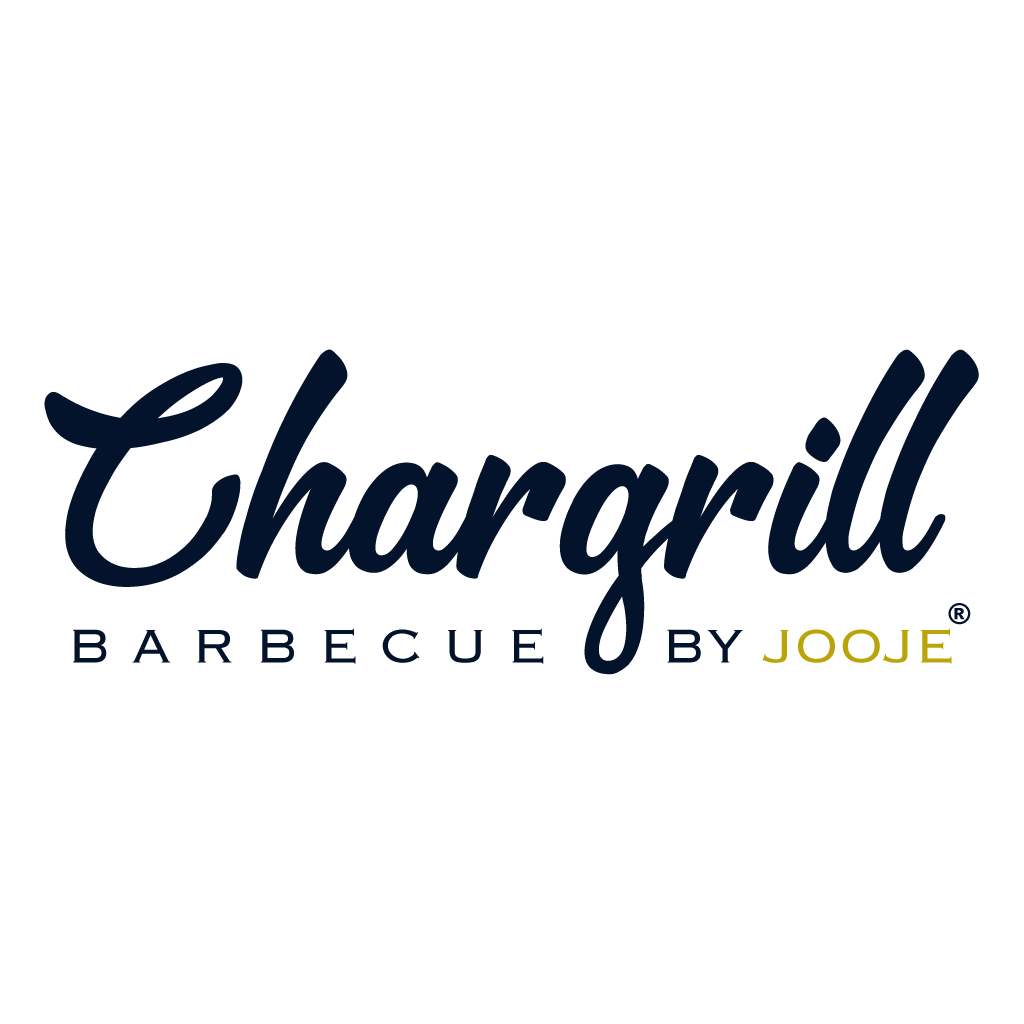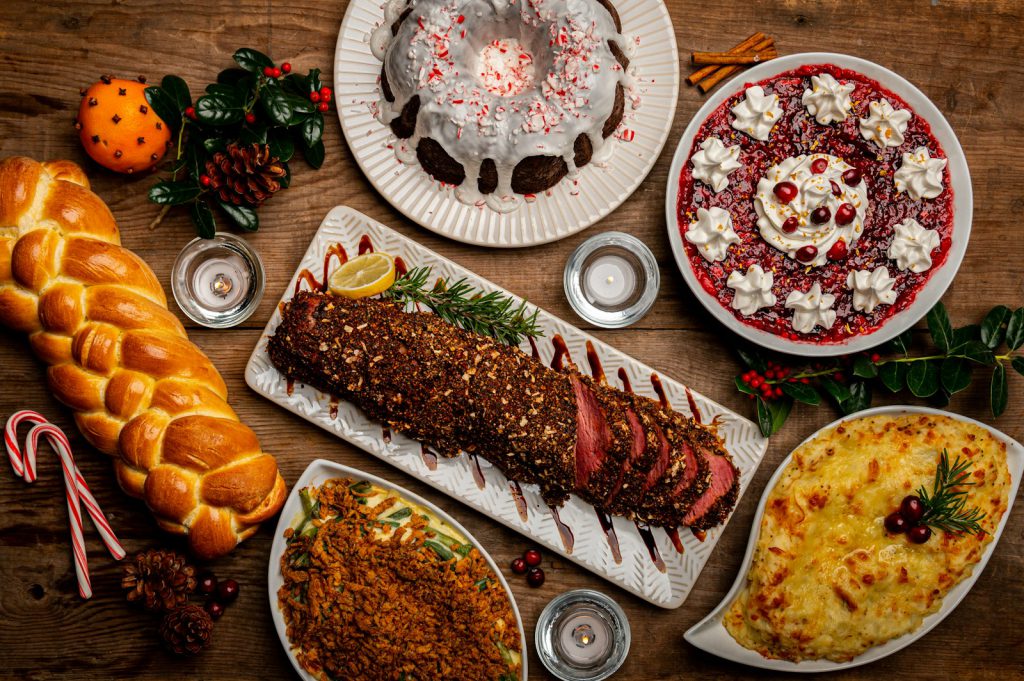You are not sure How to Reheat vacuum sealed BBQ products? Reheating cryovac-packed BBQ products, also known as vacuum-sealed barbecue, ensures the food retains its moisture, flavor, and tenderness. This comprehensive guide covers various reheating methods, including using heat-resistant aluminium vacuum-sealed bags and regular vacuum-sealed bags. Each method ensures optimal results while maintaining food safety and quality.
Boiling Water Bath (Sous Vide Method)
The sous vide method, or boiling water bath, is highly regarded for reheating vacuum-sealed beef rib packs because it maintains the integrity of the food and still keeps it tasty. This method involves heating the food slowly and evenly.
- Preparation: Fill a large pot with water and bring it to a gentle simmer, maintaining a temperature between 170°F (77°C) and 190°F (88°C). Using a sous vide immersion circulator, such as the Anova Precision Cooker, helps maintain a precise temperature.
- Reheating: Submerge the vacuum-sealed bag in the simmering water. Let it heat for approximately 45 minutes per pound of meat. Ensure the water does not boil as this can damage the plastic bag. For best results, use sous vide-specific vacuum bags, such as those from FoodSaver or VacMaster.
- Serving: Remove the bag from the water using tongs, open it carefully to avoid steam burns, and serve. This method ensures the BBQ remains moist and flavorful.
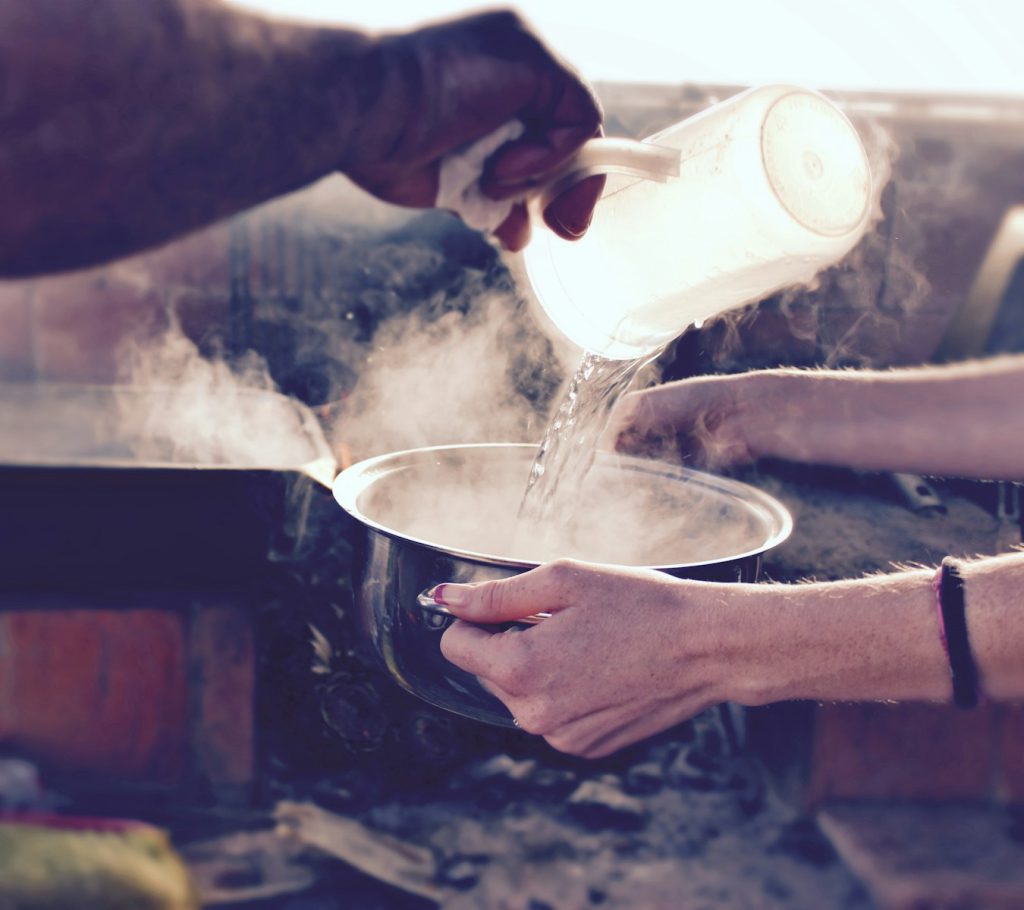
Advantages:
- Maintains moisture and flavor.
- Even reheating with minimal risk of overcooking.
- Suitable for delicate meats like brisket and pulled pork.
Disadvantages:
- Requires sous vide equipment.
- Time-consuming compared to other methods.
| Sous Vide Method Steps | Equipment Needed | Time Required | Temperature Range |
|---|---|---|---|
| Prepare Water Bath | Large pot, sous vide machine | 10 minutes (prep) | 170°F – 190°F (77°C – 88°C) |
| Submerge and Heat | Vacuum-sealed bag, tongs | 45 minutes per pound | Maintain temperature |
| Remove and Serve | Instant-read thermometer, paper towels | 5 minutes (serving) | Check internal temperature |
Oven Method
The oven method is ideal for reheating larger portions of BBQ. This method is straightforward and helps retain the BBQ’s moisture and texture.
- Preparation: Preheat your oven to 300°F to 350°F (150°C to 175°C). For optimal results, use heat-resistant aluminium vacuum-sealed bags, such as those from Foodsaver or Nutri-Lock.
- Reheating: Place the cryovac-packed BBQ in an oven-safe dish and cover it with aluminium foil. Heat until the internal temperature reaches 165°F (74°C). This process typically takes about 1.5 hours for brisket or larger cuts and 30-45 minutes for smaller items like sausage. Add a small amount of broth or water to the dish to create steam and retain moisture.
- Serving: Remove from the oven, let it rest for a few minutes, and then serve. Using a meat thermometer, such as the ThermoPro TP03, ensures accurate temperature readings.
Advantages:
- Ideal for large portions.
- Consistent heating.
- Enhances flavor with the addition of liquids.
Disadvantages:
- Longer reheating time.
- Risk of drying out if not monitored.
| Oven Method Steps | Equipment Needed | Time Required | Temperature Range |
|---|---|---|---|
| Preheat Oven | Oven, oven-safe dish, aluminium foil | 10 minutes (prep) | 300°F – 350°F (150°C – 175°C) |
| Heat BBQ | Heat-resistant aluminium bags, meat thermometer | 1.5 hours (brisket) | Check internal temperature |
| Rest and Serve | Meat thermometer, serving utensils | 5 minutes (serving) | 165°F (74°C) minimum |

Stovetop Method
The stovetop method is used if meal preps, also known as the water bath method, is excellent for maintaining the BBQ’s moisture and flavor. This method is faster than the oven method and requires minimal equipment.
- Preparation: Fill a large pot with water and bring it to a slow boil.
- Reheating: Place the sealed bag in the boiling water, then reduce the heat to maintain a gentle simmer. Heat for 15 to 30 minutes, depending on the size of the meat. Use heat-resistant vacuum-sealed bags from brands like Seal-a-Meal or Nesco for best results.
- Serving: Carefully remove the bag from the water, open it, and serve. This method is particularly effective for reheating smaller portions of BBQ, such as ribs or chicken pieces.
Advantages:
- Faster than the oven method.
- Maintains moisture and flavor.
- Simple and effective.
Disadvantages:
- Requires careful temperature monitoring.
- Not suitable for very large portions.
| Stovetop Method Steps | Equipment Needed | Time Required | Temperature Range |
|---|---|---|---|
| Prepare Water Bath | Large pot | 10 minutes (prep) | Bring to slow boil |
| Heat BBQ | Heat-resistant vacuum-sealed bags, tongs | 15-30 minutes | Maintain gentle simmer |
| Remove and Serve | Tongs, serving utensils | 5 minutes (serving) | 165°F (74°C) minimum |
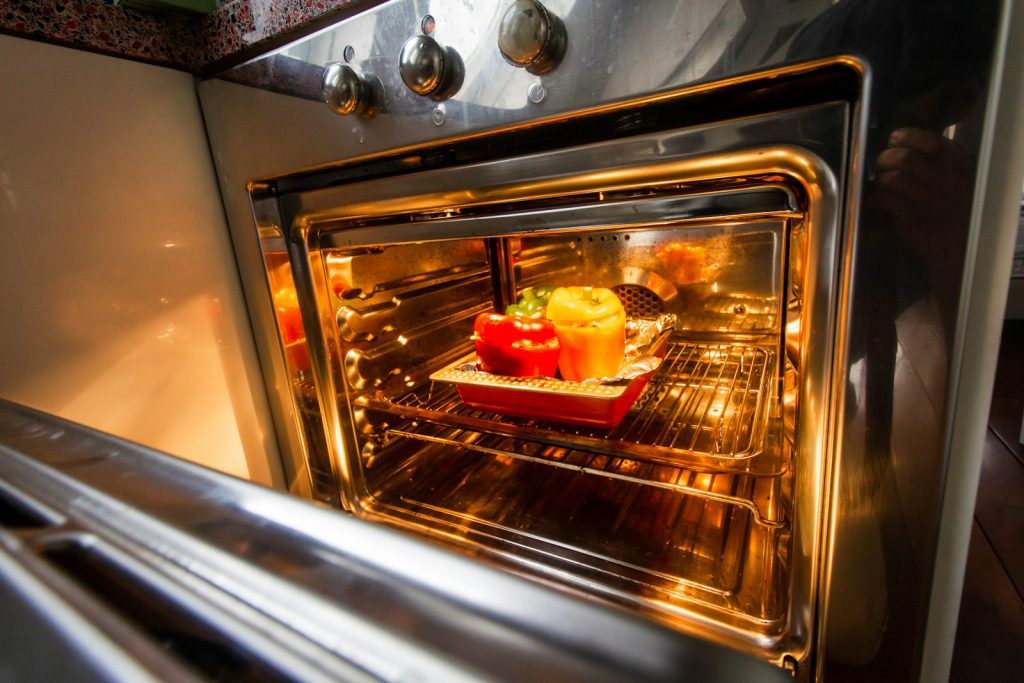
Microwave Method
The microwave method is the fastest way to reheat BBQ but is generally not recommended for large portions or premium cuts due to uneven heating and potential flavor loss.
- Preparation: If using a microwave, place a few slices of meat on a microwave-safe plate and cover with a microwave-safe cover to retain moisture. Brands like Ziploc and Glad offer microwave-safe covers and containers.
- Reheating: Heat on low power for short intervals, checking frequently to avoid drying out the meat. For best results, reheat in 30-second bursts and stir the meat between intervals.
- Serving: Ensure the meat is thoroughly heated and serve immediately. Use a microwave-safe meat thermometer, like the MEATER, to check the internal temperature.
Advantages:
- Fastest method.
- Convenient for small portions.
Disadvantages:
- Uneven heating.
- Potential for drying out meat.
- Loss of flavor compared to other methods.
| Microwave Method Steps | Equipment Needed | Time Required | Temperature Range |
|---|---|---|---|
| Prepare BBQ | Microwave-safe plate, microwave cover | 5 minutes (prep) | Low power setting |
| Heat BBQ | Microwave-safe meat thermometer | 30-second intervals | Check internal temperature |
| Serve | Serving utensils | Immediate | 165°F (74°C) minimum |

Grill or Smoker Method
Reheating BBQ on a grill or smoker is ideal for retaining the smokey flavor and adding a crust to the meat. This method is perfect for brisket, ribs, and larger cuts.
- Preparation: Preheat your grill or smoker to 225°F (107°C). Use a quality grill like Weber or a smoker like Traeger for best results.
- Reheating: Wrap the meat in foil and add a small amount of liquid (like broth or meat juices). Place on the grill or smoker and heat until the internal temperature reaches 165°F (74°C). This method helps retain the smokey flavor and adds a crust to the meat. Use a digital meat thermometer, like the ThermoPro TP20, to monitor the temperature.
- Serving: Unwrap, slice if necessary, and serve. The added smoke flavor and crust enhance the BBQ experience.
Advantages:
- Retains and enhances smokey flavor.
- Adds a crust to the meat.
- Ideal for large cuts and premium BBQ.
Disadvantages:
- Requires a grill or smoker.
- Longer reheating time.
- Requires careful monitoring to prevent drying out.
| Grill/Smoker Method Steps | Equipment Needed | Time Required | Temperature Range |
|---|---|---|---|
| Preheat Grill/Smoker | Grill or smoker, aluminium foil | 10 minutes (prep) | 225°F (107°C) |
| Heat BBQ | Digital meat thermometer, liquid for steaming | 1-2 hours | 165°F (74°C) minimum |
| Serve | Serving utensils | Immediate | Check internal temperature |
Special Considerations for Different Bags
Heat-Resistant Aluminium Vacuum-Sealed Bags: These bags can withstand higher temperatures and are suitable for both boiling water baths and oven reheating. Ensure the bag is properly sealed and undamaged before reheating. Brands like Foodsaver and Nutri-Lock offer high-quality options.
Regular Vacuum-Sealed Bags: These are best suited for sous vide or water bath methods as they can melt or deform at high oven temperatures. Always check the manufacturer’s guidelines to ensure the bag can handle the chosen reheating method. Brands like Seal-a-Meal and Nesco provide reliable options for regular vacuum-sealed bags.
Safety Tips
- Always ensure the internal temperature of the meat reaches at least 165°F (74°C) to eliminate any potential bacteria. Using an instant-read thermometer, such as the ThermoPro TP03, is highly recommended for accuracy.
- Avoid overheating to maintain the quality and texture of the BBQ. Overheating can dry out the meat and reduce its flavor. Monitoring the reheating process closely is crucial.
- Use appropriate reheating methods based on the type of vacuum-sealed bag. Heat-resistant aluminium vacuum-sealed bags can withstand higher temperatures and are suitable for oven use, whereas regular vacuum-sealed bags are best for water bath methods to prevent melting or deformation (Reheated) (Lockhart Smokehouse – Dallas’ Best BBQ).
Summary of Reheating Methods
| Method | Advantages | Disadvantages |
|---|---|---|
| Sous Vide (Boiling Water Bath) | Even heating, maintains moisture and flavor | Requires sous vide equipment, time-consuming |
| Oven | Ideal for large portions, consistent heating | Longer reheating time, risk of drying out |
| Stovetop (Water Bath) | Faster than the oven, maintains moisture | Requires careful temperature monitoring |
| Microwave | Fastest method, convenient for small portions | Uneven heating, potential for drying out |
| Grill or Smoker | Retains and enhances smoky flavor, adds crust | Requires grill or smoker, longer reheating time |
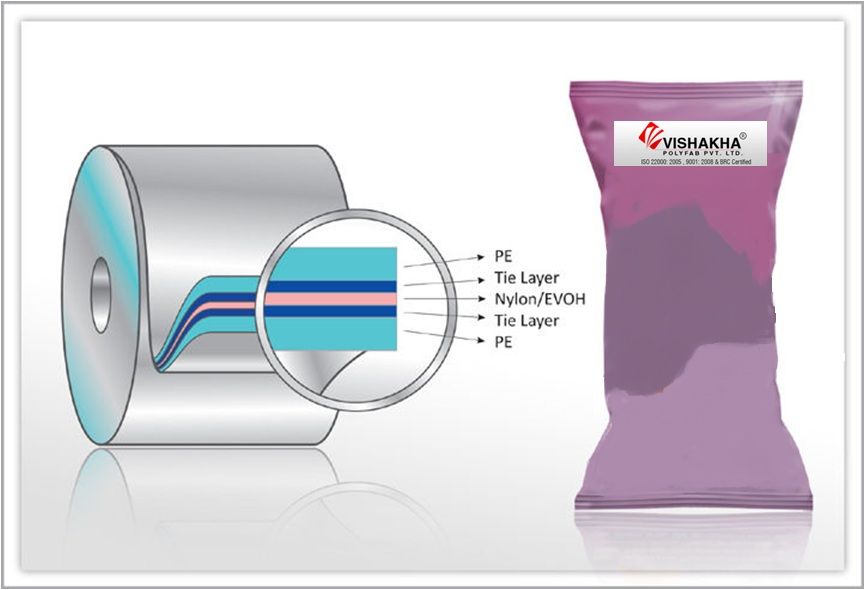
Equipment and Supplies
Using the right equipment and supplies ensures successful reheating of your BBQ:
- Sous Vide Machine: Anova Precision Cooker, Joule by ChefSteps.
- Heat-Resistant Aluminium Vacuum-Sealed Bags: Foodsaver, Nutri-Lock.
- Regular Vacuum-Sealed Bags: Seal-a-Meal, Nesco.
- Instant-Read Thermometer: ThermoPro TP03, MEATER.
- Oven: Any conventional oven, preheated to 300°F to 350°F.
- Large Pot: For stovetop water bath method.
- Grill or Smoker: Weber, Traeger.
Recommended Reheating Times and Temperatures
| Type of Meat | Method | Time Required | Internal Temperature |
|---|---|---|---|
| Brisket | Sous Vide (Water Bath) | 45 min per pound | 165°F (74°C) |
| Ribs | Oven | 1.5 hours | 165°F (74°C) |
| Sausage | Stovetop (Water Bath) | 30-45 minutes | 165°F (74°C) |
| Chicken | Microwave | 30-second intervals | 165°F (74°C) |
| Pork | Grill or Smoker | 1-2 hours | 165°F (74°C) |
Conclusion
Reheating vacuum-sealed BBQ products allows you to enjoy leftovers that taste nearly as good as when they were first cooked. By selecting the appropriate reheating method and following safety tips, you can ensure your BBQ remains flavorful and moist. Whether you use the sous vide method for precise temperature control, the oven for large portions, the stovetop for quick reheating, or the grill for adding a smoky flavor, each method offers unique benefits. Always prioritize safety by ensuring the meat reaches the recommended internal temperature and avoid overheating to preserve the BBQ’s quality.Final Thoughts
Reheating cryovac-packed BBQ products correctly is key to preserving the delicious flavors and tender textures that make BBQ so enjoyable. By choosing the appropriate method and following safety guidelines, you can savour your BBQ leftovers just as much as the original meal. Whether you opt for the precision of sous vide, the convenience of the microwave, or the smoky enhancement of the grill, each method offers a way to enjoy your BBQ to its fullest potential.
Experiment with different reheating techniques to discover your favourite, and always ensure that food safety and quality are maintained throughout the process. Enjoy the convenience and delightful taste of perfectly reheated BBQ, making every meal an experience to relish.
